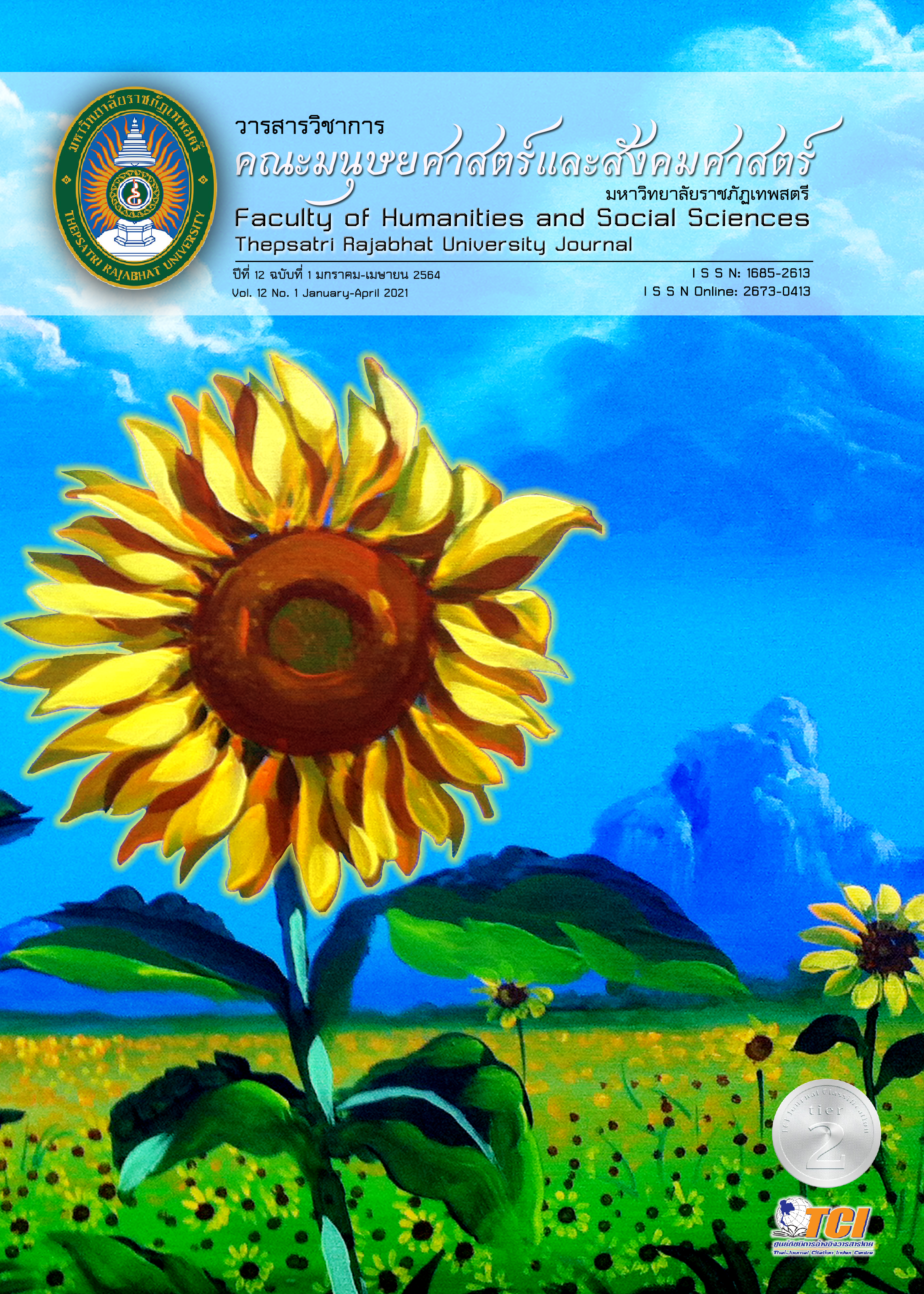The Administrative Collaboration Model for Rice Development of the Local Administrative Organization in The Upper Central Provinces, Region 2 รูปแบบความร่วมมือทางการบริหารเพื่อการพัฒนาข้าวขององค์กรปกครองส่วนท้องถิ่นในกลุ่มจังหวัดภาคกลางตอนบน 2
Main Article Content
Abstract
This research is the cross-sectional analysis with the purpose to study the administrative collaboration model that affects the rice development program of the local government organization in the upper-central provinces 2. The research was conducted with quantitative research methodology and the information was confirmed with qualitative research methodology. The sample population was 140 chief executive of the local government organization or their representative. The model was confirmed using a focus group discussion with 25 stakeholders. The tool for collecting data was a questionnaire and analyzed data using multiple regression analysis. The model was confirmed using model suitability assessment form and data was analyzed using descriptive statistics namely, mean, and standard deviation.
The research found that 1) They are 2 models that affect the rice development program: 1. The Reactive collaboration model, and 2. The Abstinence collaboration model, with statistical significance. However, they are 4 models that do not affect rice development 1. Top-Down collaboration model, 2. Donor-Recipient collaboration model, 3. Jurisdiction-based collaboration model, and 4. Contented collaboration model, with no statistical significance. 2) The Reactive collaboration model is the most suitable model in which the experts commented that the administrators who can organize the collaboration model must have the following characteristics; 1. transformational change leadership, 2. experience, and 3. Power. These characteristics are important keys that lead to local development activities and can help to solve problems in time.
Downloads
Article Details
The content and information presented in articles published in the Academic Journal of the Faculty of Humanities and Social Sciences, Thepsatri Rajabhat University, are solely the opinions and responsibilities of the respective authors. The editorial board of the journal neither necessarily agrees with nor assumes any responsibility for such content in any manner whatsoever.
All articles, information, content, and images published in the Academic Journal of the Faculty of Humanities and Social Sciences, Thepsatri Rajabhat University, are the copyright of the journal. Any person or organization wishing to reproduce, disseminate, or otherwise utilize all or any part thereof must obtain prior permission from the Academic Journal of the Faculty of Humanities and Social Sciences, Thepsatri Rajabhat University.
References
พูนสุข หิงคานนท์. (2540). การพัฒนารูปแบบการจัดองค์การของวิทยาลัยพยาบาล กระทรวงสาธารณสุข. วิทยานิพนธ์ปริญญาดุษฎีบัณฑิต จุฬาลงกรณ์มหาวิทยาลัย.
วิทยาลัยพัฒนาการปกครองท้องถิ่น สถาบันพระปกเกล้า. (2550). ความร่วมมือระหว่างองค์กรปกครองส่วนท้องถิ่น รูปแบบและความเป็นไปได้. กรุงเทพฯ: ส เจริญ การพิมพ์.
สำนักงานปลัดกระทรวงมหาดไทย. (2559). วิสัยทัศน์ เป้าประสงค์รวม ประเด็นยุทธศาสตร์ และตำแหน่งการพัฒนาตามแผนพัฒนาจังหวัด/กลุ่มจังหวัด 4 ปี (พ.ศ.2557-2560) ฉบับทบทวนใหม่ (รอบปี พ.ศ.2560).สืบค้น มิถุนายน 16,2560, จาก www.osmnorthcentral1.go.th/.../download/?...วิสัยทัศน์%20เป้าประสงค์รวม%20...
สำนักงานสถิติแห่งชาติ. (2559). จำนวนหนี้สินเฉลี่ยต่อครัวเรือน จำแนกวัตถุประสงค์ของการกู้ยืมทั่วราชอาณาจักร พ.ศ. 2543 – 2558. สืบค้น สิงหาคม 29,2559 จาก http://service.nso.go.th/nso/web/statseries/statseries11.html.
สำนักบริหารยุทธศาสตร์ กลุ่มจังหวัดภาคกลางตอนบน 2. (2559). แผนพัฒนากลุ่มจังหวัด 4 ปี (พ.ศ.2561-2564) กลุ่มจังหวัดภาคกลางตอนบน 2 (ชัยนาท ลพบุรี สิงห์บุรี อ่างทอง). สืบค้น กรกฎาคม 18,2560 จาก http://www.chainat.go.th/p_plan/.
สิน พันธุ์พินิจ. (2549). เทคนิคการวิจัยทางสังคมศาสตร์ (พิมพ์ครั้งที่ 2). กรุงเทพฯ: วิทยพัฒน์.
สุนทรชัย ชอบยศ. (2558).การศึกษาความร่วมมือด้านการจัดการสาธารณภัยขององค์กร ปกครองส่วนท้องถิ่น: กรณีศึกษา เทศบาลเมืองร้อยเอ็ดและองค์กร ปกครองส่วนท้องถิ่นข้างเคียง.THAI JOURNAL OF PUBLIC ADMINISTRATION, 14(20),129-154.
Agranoff,Robert &McGuire,Michael. (2003). Collaborative Public Management:New Strategies for Local Governments. Washington,D.C.: Georgetown University Press.
Krejcie, R. V.,&Morgan, D. W. (1970). Determining Sample Size for Research Activities.Educational and Psychological Measurement, 30(3),607-610.


